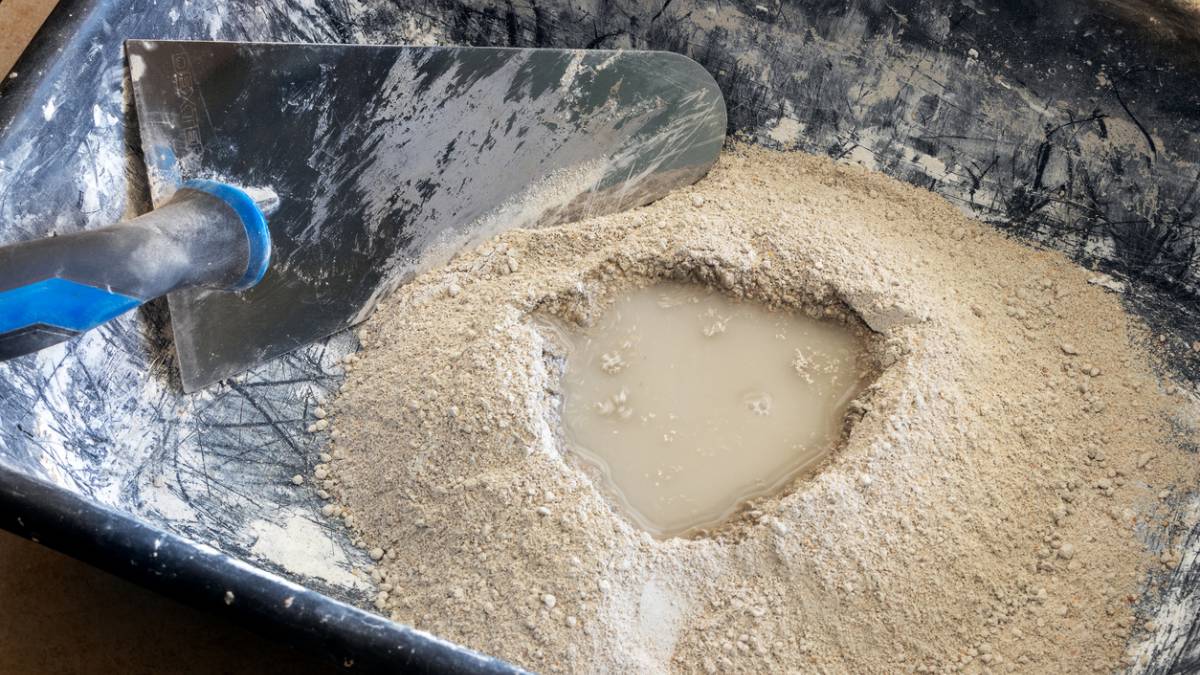Concrete Like a Pro: Essential Tips and Techniques for DIY Concreting Projects
Undertaking concreting projects as a DIYer can be a rewarding experience, but it’s important to approach them with the right knowledge and techniques. Whether you’re creating a concrete apron, cutting cement sheets, or working on various concrete-related tasks, adhering to best practices is crucial for successful results.
Below are some essential tips and guidance to help you navigate your DIY concreting projects effectively, ensuring safety, precision, and professional-looking results.
Tips and techniques for DIY concreting projects
Proper preparation for a concrete apron
When creating a concrete apron, proper preparation is essential. Excavate the area and ensure a solid, compacted base, and use plastic sheeting as a moisture barrier to prevent water seepage from the soil.
Cutting cement and compressed cement sheet
When cutting cement or compressed cement sheet, use appropriate tools such as a circular saw or an angle grinder with a diamond blade. Take proper safety precautions and wear protective gear when working with these tools. Measure and mark the desired cutting line carefully before making your cuts, ensuring accuracy and clean edges.
Mixing concrete with the right ratio
Maintain the correct sand, gravel, and cement ratio when mixing concrete, following the instructions on the premix bag. It’s best to use a reliable cement mixer like the Kincrome cement mixer or Easymix cement mixer, ensuring you have spare parts available if needed.
Cutting fibre cement with precision
For cutting fibre cement, use a circular saw with a specialised blade designed to handle the toughness of fibre cement for cleaner and more precise cuts. Follow proper safety protocols and use appropriate safety equipment such as goggles and a dust mask.
Cutting concrete and cement sheet with an angle grinder
When cutting concrete or cement sheet with an angle grinder, use a diamond or masonry blade for efficient and precise cutting. Ensure that the angle grinder is equipped with the appropriate guard and handle it with caution. Be mindful of the sparks and dust generated during the cutting process and take safety measures to protect yourself and the surrounding area.
If you need to create an edge rebate in a concrete slab, plan and measure carefully for proper depth and alignment. Use a suitable cutting tool such as a circular saw or an angle grinder with a diamond blade to make the rebate. Take your time and work methodically to achieve clean and accurate results.
Summing it up
By following these essential tips and techniques, DIYers can approach their concreting projects with confidence and achieve professional-looking results. Don’t forget to prioritise safety by using appropriate safety equipment and tools.
Remember, whether you’re fixing a wall or making concrete pots, the key to successful concrete work lies in a combination of proper techniques and careful planning. For bigger concreting projects like building a small pathway in your garden, seek professional concreting assistance when needed.


